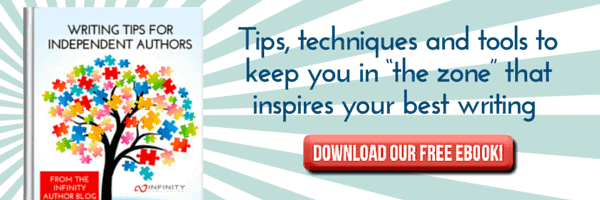Writing a novel is a marathon, whether you smash through it in six weeks or take years before putting down the final sentence. Spend time congratulating yourself once you reach that point, but not too long. The real work is far from over. They're called first drafts for a reason. It takes many rewrites to turn beginning ideas into a book that readers can't put down. The process can be broken down into four distinct steps: 
Edit for Grammar Errors
Spend three or four passes looking for grammar mistakes. Don't worry about plot holes and characterizations right now. Your first task is to correct spelling and punctuation. Read through your manuscript once and correct what you find. Put it through two or three different grammar apps or programs. Get a human proofreader to get another set of eyes on your words. The more different ways you go through the chapters, the cleaner they'll be.
Read for Dramatic Function of Each Chapter
A chapter should include a mini-plot: an inciting incident, a reaction and a conclusion that hooks the reader into wanting to turn the page. Read each of your chapters as separate entities and rewrite them as necessary. Got a chapter where nothing much happens? Give your characters a problem to fix, or delete the chapter and move on to the next one. Chapters don't all have to include high drama, your reader would get exhausted if they did. They do all have to contribute to the plot, in one way or another.
Use Lulls in the Action
A good book has a rhythm, and each one includes naturally slower portions. Use these lulls as perfect little spaces to insert small scenes that advance subplots and background stories. These little mini scenes can add depth and flavor to environments, give your readers background information on secondary characters and can even advance the plot by adding small details that shore up your main story. These mini scenes aren't necessary to your story, but it will be richer for it.
Vary Your Chapter Beginnings
Read through the first page of all your chapters and edit them to give your readers a good, interesting variety. Starting a chapter off in the middle of a conversation is an exciting way to get your reader into the tale. After six chapters of the same device, it's going to lose its effectiveness. Use some description, drop your reader into an action, go philosophical once in a while. Readers crave the unexpected, and this is one more way to give them what they want.
Keep the Faith and May the Force be with You!




